Inflight Marketing: How to Take Your Brand to 35,000 Feet (and Keep It There)

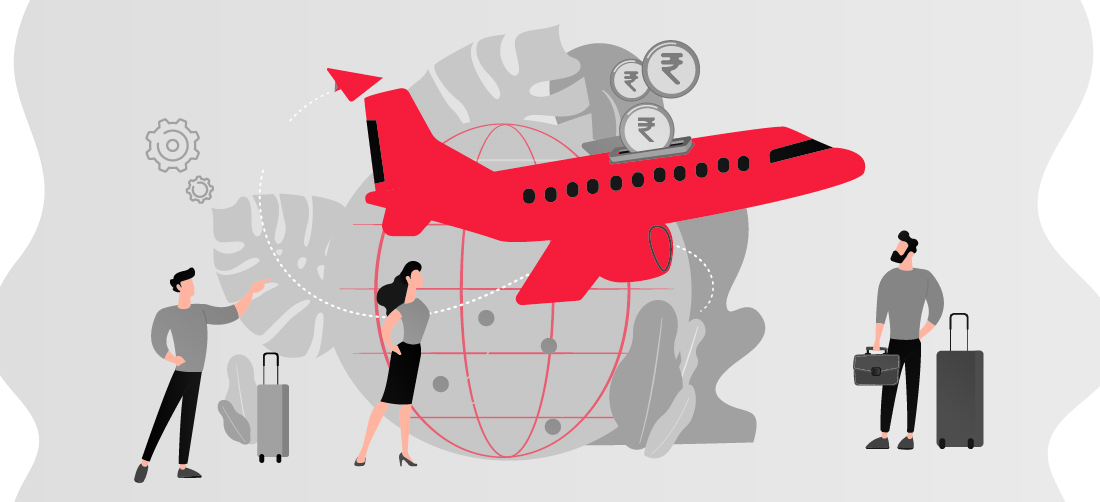
Table of content
- 1. Introduction
- 2. Why Inflight Marketing Works
- 3. The Inflight Media Map: Formats That Move the Needle
- 4. How Inflight Fits Your Full Funnel
- 5. Choosing the Right Airline
- 6. Creative That Soars: Best Practices for the Cabin
- 7. Measurement & ROI: From Cabin to Conversion
- 8. Budgeting: What Drives Inflight Advertising Cost?
- 9. Compliance & Passenger Experience
- 10. B2B, D2C, and Luxury: Playbooks That Win
- 11. The Excellent Publicity Advantage
- 12. Your 10-Point Inflight Readiness Checklist
- 13. Final Approach: Make Your Brand Part of the Journey
Introduction
When your customer is 35,000 feet in the air, attention behaves differently. Distractions drop away, routines pause, and people lean into discovery, of content, of destinations, and yes, of brands. That’s the magic of inflight marketing: a high-attention, premium environment where the right creative can land with outsized impact. For growth-hungry brands in India and beyond, inflight ads aren’t just a novelty placement, they are a full-funnel performance engine when planned and measured correctly.
We assist marketers to transform aircraft cabins into high performing media avenues at Excellent Publicity with both the keen creativity and the correct airline, route mix, and format selection in reaching well-off decision-makers when they are on the move. We create campaigns to reach all the travelers at each touch point of the trip, whether that be on the seatback screens and magazines, tray-tables or onboard sampling.
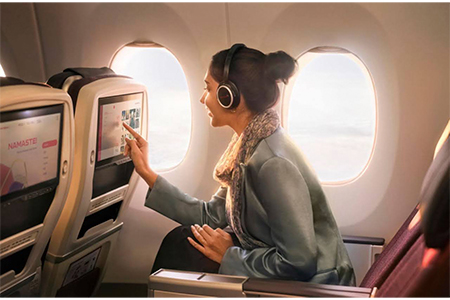
Why Inflight Marketing Works
1) Captive, Premium Audiences
Airline passengers are a uniquely captive and high-income audience. They’re seated, attentive, and primed for longer-form storytelling and brand discovery, conditions that are increasingly rare on the ground. That’s why inflight placements deliver strong recall and intent lift for categories like finance, luxury, D2C, electronics, travel, and premium FMCG. Excellent Publicity explicitly positions inflight as a way to reach a “captive and premium audience,” underlining the quality of exposure brands can expect.
2) A Digitally Connected Cabin
Inflight advertising has evolved from print-only to digitally rich experiences, interactive seatback content, route-based targeting, and dynamic creatives that reflect traveler context. This shift lets brands personalize messaging and measure impact more precisely than ever.
3) The “Single-Cell” Advantage
Airlines describe the cabin as a single-cell environment, a self-contained media ecosystem with fewer outside distractions. That increases the likelihood that your message is seen, engaged with, and remembered.

The Inflight Media Map: Formats That Move the Needle
Think of the cabin as a layered media stack. Each format plays a distinct role; together, they deliver full-journey coverage.
1) Seatback Screens (IFE)
What it is: Pre-rolls, mid-rolls, sponsored tiles of branded content or channel sponsorships within inflight entertainment.
Why it is important: Large screen storytelling that is filled with sound, sight, and movement- natural frequency when passengers are browsing content libraries. Airlines that have IFE ecosystems that have been awarded enhance influence.
2) Inflight Magazines
What it is: Full-page, and double-spreads, advertorials, inserts and even pull-outs in airline magazines.
The importance of this: The magazines can be reached by an arm in hours and this is long dwell-time and repeat exposure (outbound + return legs). They have been identified to pursue high-income business-oriented travelers and high consideration as well as brand-building power.
3) Physical Branding & OOH-in-Cabin
What it is: Meal tray graphics, headrest covers, overhead bins, cabin panels, branded boarding passes on certain carriers, and boarding announcements.
Why it is important: Visual touchpoints that occur during high frequency and create a sense of reinforcement when it comes to remembering your brand and making it unavoidable during service windows, tray meals, headrest covers, announcements and sampling are some of the options listed by Air India and AirAsia.
4) Onboard Sampling
What it is: Trial units for snacks, beauty, hygiene, or wellness, placed directly in passengers’ hands.
Why it matters: Try-and-buy in a relaxed setting with ample time to experience. Perfect for new product launches and premium FMCG. Air India and AirAsia list inflight sampling as a standard option.
5) Route- and Audience-Based Targeting
What it is: Choose airlines and routes that match with your ICP (e.g. metros, business centres, international routes, tourism routes).
The reason behind this is: Greater intelligence which results in less wastage. A case in point is Emirates, which markets itself as a pathway to the valuable audience, which highlights how the choice of carriers affects the viewers of your message.
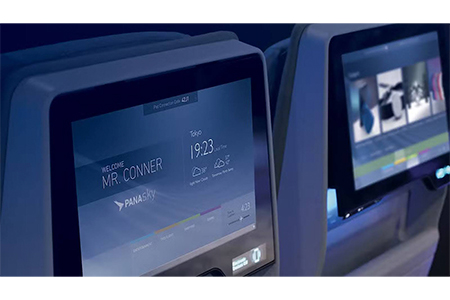
How Inflight Fits Your Full Funnel
- Awareness: IFE pre-rolls + magazine spreads deliver mass reach and rich storytelling.
- Consideration: Editorial-style advertorials, QR-enabled print, and seatback content tiles invite deeper engagement.
- Trial: Onboard sampling creates immediate product experience.
- Conversion: QR codes to regional landing pages, scan-to-save offers, and post-flight retargeting (via airport Wi-Fi or CRM matchbacks) close the loop.
- Loyalty: Surprise-and-delight moments (e.g., branded amenity kits on select routes) build affinity in premium cabins.
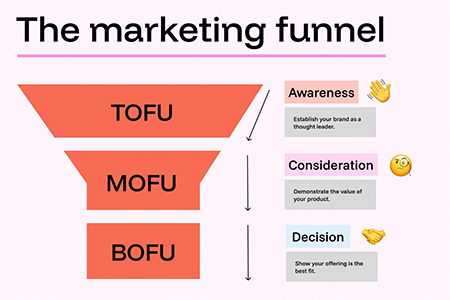
Choosing the Right Airline
Air India (Domestic & International): Strong national footprint; formats include meal tray graphics, headrest covers, inflight sampling, and announcements, ideal for mass premium reach across India’s metros and Tier-1/Tier-2 feeders.
AirAsia (Domestic): Cost-efficient access to younger, value-seeking travelers; multiple high-visibility placements including seatbacks, trays, overheads, sampling, and announcements.
Emirates (International): Access to some of the most valuable global travelers with award-winning IFE and premium cabins, great for luxury, fintech, travel, and HNI-oriented categories.
Excellent Publicity can help you mix fleets, cabins, and routes to match budgets and KPIs, and secure competitive rates across carriers.
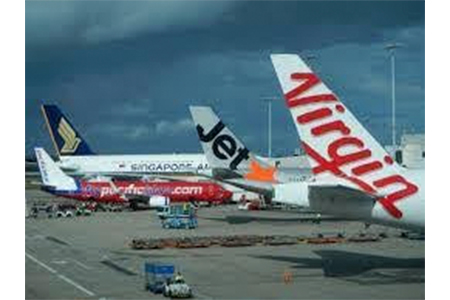
Creative That Soars: Best Practices for the Cabin
1) Design for Distance & Dwell
IFE video: Front-load branding in the first 2 to 3 seconds; keep 15 to 30s as the sweet spot for pre-roll.
Magazine: Big type, strong focal imagery, and a single message per page. Use captions to guide eye-flow during long dwell times.
2) Make It Tactile (When You Can)
For sampling and tray table creatives, choose textures and packaging that feel premium in hand. Ensure the service crew can distribute easily (smaller SKUs, clear labeling).
3) Contextual Relevance Wins
Tie messaging to route, time of day, or trip purpose (business/leisure).
Example: Upgrade your workday, open a zero-forex account before you land on business routes; Book your next hillside getaway” on leisure sectors.
4) Keep CTAs Friction-Free
Use short vanity URLs or QR codes pointing to mobile-optimized pages with local pricing/currency. Offer scan-to-save coupons redeemable post-landing.
5) Build for Memory
Repetition across IFE + magazine + tray-table drives higher recall than any single placement. Use consistent brand codes (color, shape, sonic tag).
Measurement & ROI: From Cabin to Conversion
Measuring inflight impact is easier than you think if you plan for it upfront. We typically combine:
Exposure Metrics (Top-Funnel)
- Estimated impressions by seat class, route, and load factors (from airline media kits).
- IFE ad delivery logs when available.
Engagement Metrics (Mid-Funnel)
- QR/URL scans and clicks.
- Time on page, content consumption, and micro-conversions.
Business Outcomes (Bottom-Funnel)
- Coupon/code redemptions tied to a flight/route.
- Geo-matched sales uplifts and post-flight retargeting cohorts.
- CRM matchbacks for lead quality and LTV.
Brand Lift
- Pre/post surveys on awareness, consideration, and purchase intent among frequent flyers.
- Lightweight pop-ups on landing pages (Did you see us onboard?).
Because inflight sits inside the broader air-travel journey, we often pair it with airport media, lounges, baggage claim, digital networks, to create a surround-sound effect before and after the flight. Excellent Publicity’s airport advertising guide details a range of formats that pair beautifully with inflight to extend reach and frequency.
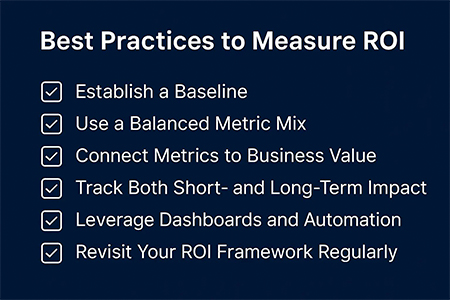
Budgeting: What Drives Inflight Advertising Cost?
Costs vary by:
- Airline & Cabin Mix: Premium international carriers and business-heavy routes command higher rates.
- Format & Duration: IFE video vs. magazine double-spread vs. headrest covers vs. sampling, each carries distinct rate cards.
- Seasonality & Route Demand: Festive travel, holiday peaks, and business conference seasons lift CPMs and occupancy.
- Geography: Domestic vs. international sectors; metro-metro vs. leisure routes.
- Volume & Exclusivity: Multi-month blocks, category exclusivity, or fleet-wide domination can unlock efficiencies.
Excellent Publicity specializes in rate discovery and negotiation across airlines to keep effective CPMs sharp while maintaining premium placements.
Compliance & Passenger Experience
Airlines and regulators enforce strict standards around safety, content suitability, and format specs. Creative must respect cabin rules (no obstruction of safety information, materials with safe adhesives, etc.), and messaging should enhance, not interrupt, the passenger experience. Major carriers position inflight media as part of a premium entertainment ecosystem, so tasteful, helpful creative wins.

Sample Flight-Plan: A 90-Day Inflight Campaign
Goal: Combat trials and new to brand registrations and signups on a premium fintech debit card that does not have forex charges.
Plan Overview
Airlines & Routes: Combination of domestic business routes (Mumbai-Delhi, Bengaluru-Hyderabad) and a few international points of departure (Mumbai/Delhi-Dubai).
Formats:
- IFE 15s pre-roll on business-heavy sectors.
- Double-spread in inflight magazine with QR to a route-specific landing page.
- Branded meal tray graphics and headrest covers on domestic sectors.
- Onboard sampling of a co-branded card sleeve or welcome kit (where permitted).
Creative:
Save on every swipe abroad, zero forex, zero stress. Visual system repeats across all touchpoints for code consistency.
Measurement:
- QR scans + vanity URLs, code “FLYFIN” for tracking.
- Post-flight retargeting via airport Wi-Fi partnerships / CRM matchback.
- Uplift study among frequent flyers after 8 to 10 weeks.
Budget Control:
Negotiate blended CPM with airline partners; secure added value positions (e.g., magazine editorial adjacency) via Excellent Publicity.
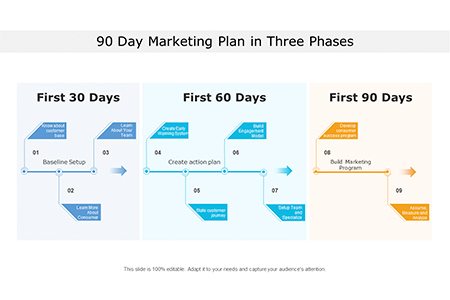
B2B, D2C, and Luxury: Playbooks That Win
- B2B SaaS / Cloud: Own business routes with IFE pre-roll + long-form advertorial on case studies; push demo bookings via QR.
- D2C Wellness / Beauty: Sampling + tray-table branding; incentivize trial with first-purchase discount.
- Luxury Watches / Jewelry: Emirates-class IFE, premium magazine placements, and lounge extensions for high-net-worth visibility.
- Travel & Hospitality: Dynamic creatives tied to routes/destinations; bundle with airport OOH near destination arrival.
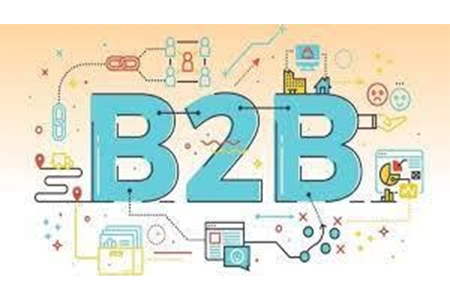
The Excellent Publicity Advantage
- 360° Media Buying Power
Excellent Publicity is a top Indian media buying agency with cross-channel expertise (TV, cinema, outdoor, digital, sports), which means your inflight plan integrates cleanly with the rest of your mix. - Inflight Specialists With Airline Access
Dedicated inflight practice to source formats across Air India, AirAsia, Emirates and more, from meal trays and headrest covers to IFE video and sampling, at competitive rates. - Strategy, Creative, and Measurement in One Place
We bring route analytics, creative guidance tailored to cabin realities, and full-funnel measurement plans, often pairing inflight with airport media to extend impact. - Proven Thought Leadership
From deep dives on inflight magazine branding to the digital transformation of onboard advertising, our team publishes practical insights that help your campaigns perform.
Your 10-Point Inflight Readiness Checklist
- Define ICP and routes (business vs. leisure, domestic vs. international).
- Choose carriers that map to that ICP (e.g., Emirates for HNIs; Air India/AirAsia for mass premium).
- Set objectives (awareness, trial, sign-ups, sales).
- Pick formats (IFE, magazine, tray-table, headrest, sampling) based on objectives and budget.
- Craft creative aligned to cabin realities (big type, front-loaded branding, tactile packaging).
- Plan measurement: QR/URL, codes, geo-match, brand lift.
- Align flight dates with seasonality and demand peaks.
- Pre-book and manage approvals, print and logistics.
- Integrate with airport media for pre- and post-flight amplification.
- Iterate: refresh creative, rotate routes, optimize frequency.
Final Approach: Make Your Brand Part of the Journey
Great inflight marketing doesn’t interrupt the trip, it improves it. It offers relevant ideas, useful products, and timely solutions to people who are, for a few precious hours, exceptionally open to new things. With the right partner and plan, those hours can reshape your quarter.
About: Founded in 2011 and now operating across major Indian metros and Dubai, Excellent Publicity is recognized among India’s top advertising agencies. We provide 360-degree media buying and specialize in inflight and airport solutions that deliver measurable growth.
Frequently Asked Questions
Both. With QR codes, route-specific offers, and CRM matchback, we routinely attribute sign-ups, trials, and sales to inflight exposures while also lifting brand metrics.
It depends on category and creative. IFE video gives you strong reach and storytelling; magazine offers long dwell and high recall; sampling delivers immediate trial; tray-tables/headrests reinforce frequency. Blends outperform single-format plans.
For premium routes and international carriers, earlier is better—particularly around holidays and conference seasons. Lead times help with creative approvals and logistics (e.g., printed assets, sampling SKUs).
Yes. We plan by route, cabin class, and carrier to reach business or leisure travelers and specific city pairs. Emirates and other carriers highlight access to valuable audiences; domestic carriers provide rich coverage of India’s busiest routes.
We navigate airline guidelines on materials and messaging, ensuring assets meet safety, content, and spec requirements for a seamless passenger experience.

